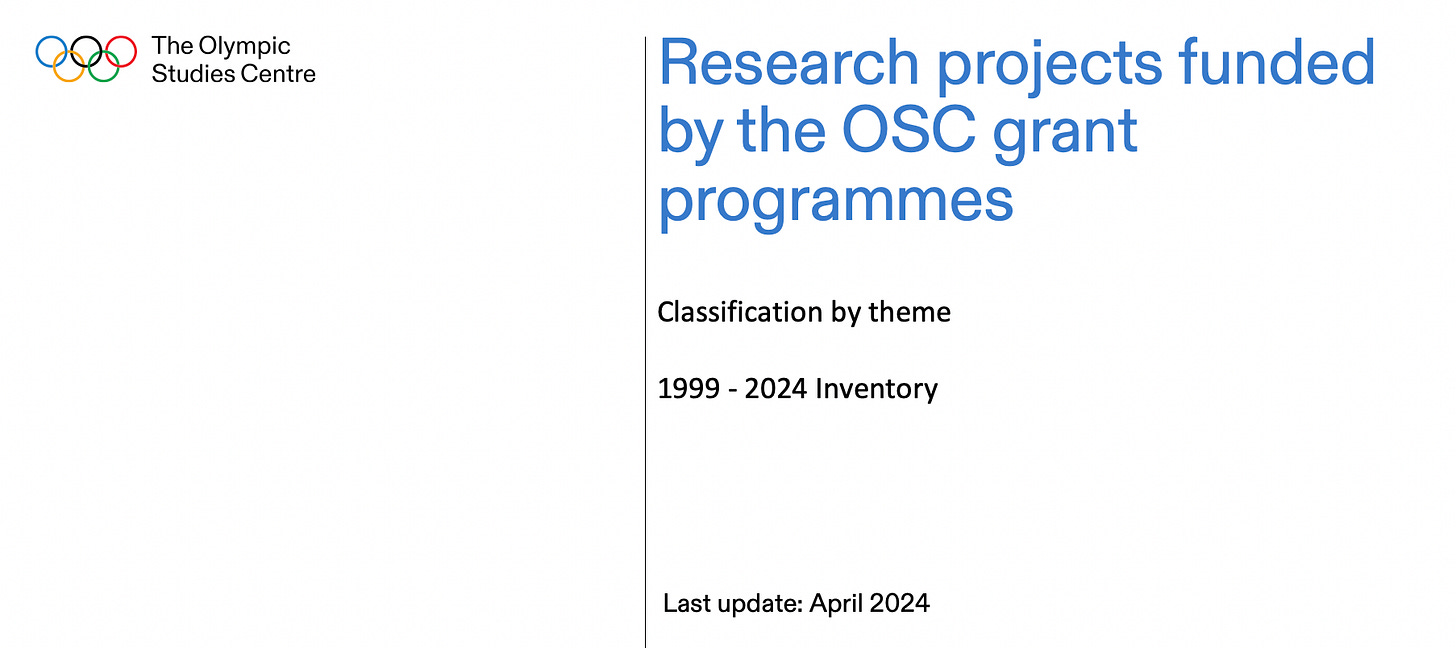The trans research that identifies as "science"
A new study claims that transgender athletes could actually be disadvantaged in some sports. But its analysis isn't even based on athletes.
Today, PinkNews wrote up a study claiming that “Trans athletes could actually be physically disadvantaged in some areas”.
Funded by the International Olympic Committee (IOC) and published in the British Journal of Sports Medicine, the study looked at “75 transgender and cisgender athletes, comparing the strength, power and aerobic capacity of the two groups.”
According to the article: “Trans women were seen to perform worse than their cis peers in certain cardiovascular tests, and to have less lower-body strength. The bone density of transgender women was also found to be similar to that of cis female athletes.”
Looks like we were wrong all along! Trans women can be just as bad at sports as biological women; worse even! Good news, guys: this proves we are exactly the same… (I think the conclusion we’re meant to come to.)
Anyway, I thought I’d look into this study, and I have some of my own findings to share…
Perhaps the strangest thing is that it inadvertently sides with gender critical feminists, in its assertion that trans/non-trans cohorts are biologically different; it’s just that the study tries to claim a disadvantage in the opposite direction.
It immediately takes off in an ideological direction, the abstract using the word “cisgender” - a very scientific term that everyone clearly agrees on. You can really sense you’re in the midst of serious academia here:
“Marginalised” researchers
Moreover, we are told that two authors of the study are “members of a marginalised community”, one a “transgender woman” and another a “junior (to make her sound extra-marginalised)… woman from the global south.” Not sure what this is meant to mean in the context of a paper sponsored by an international committee (the IOC).
There are two methodological flaws I spotted within about five minutes of reading the report:
Where are the athletes?
Although the title is Strength, power and aerobic capacity of transgender athletes: a cross-sectional study, the participants don’t actually seem to be athletes. In fact, they are people who “were recruited through social media advertising on Meta Platforms… and X”.
Later on researchers even concede that the “findings may not be generalisable to global athlete populations” and “No cisgender or transgender athletes [study participants] were competing at the national or international level.” So yeah, not actual athletes.
Self-reporting measures
The next issue is that one of the key bits of data used was self-ratings (a subjective measure). Participants were “required to participate in competitive sports or undergo physical training at least three times per week” (practically the same thing as being an athlete) and then had to “self-rate their training intensity for each session on a scale of 1-10 (10=maximum intensity)'.” Non-athletes’ impressions of their workout difficult is not exactly Einstein levels of science…
Next up, let’s take a look at some of the people involved in the study.
I was interested to see that one of the researchers, Professor Yannis Pitsiladis, is on the Medical and Scientific Commission of the IOC (which funded the study). I mean, I’m no academic expert, but it all sounds a little bit “friendly” between researcher and commissioner.
Pitsiladis has worked on related research with some of those involved in this project, such as Blair Hamilton. Both are authors of Integrating transwomen athletes into elite competition: The case of elite archery, a 2021 project.
Hamilton is from the School of Sport and Health Sciences at the University of Brighton, and described as “a trailblazer in the world of sports research”.
Some may recognise Hamilton from this heartwarming BBC article in 2019 about “her” playing for Stonehaven Ladies FC in Scotland.
"There is absolutely no advantage on the pitch”, Hamilton explained at the time.
Although a “she” in the piece, the University of Brighton research portal uses the pronoun “they” to describe Hamilton.
It reads: “whether they're peeling back the layers of gender inclusivity in sports or uncovering the hidden secrets of our bones, Blair Hamilton is a force to be reckoned with, leading the charge towards a brighter, more informed future for athletes of all backgrounds.”
Sounds very scientific, doesn’t it…
Here’s another piece on “her” from 2020:
Hamilton is in a better place than most to comment on trans inclusion in sport having taken part in men’s sport and women’s sport as a trans woman, but also through her work – she is now doing a PHD at the University of Brighton researching the very topic.
Because being personally involved in an issue definitely makes you the right person to study it…
Furthermore it reads:
“Being male-born, the general argument which I’m trying to disprove in my research is that trans women have an advantage and that you’re taking a place away from a girl”.
So here’s Hamilton actually saying they/ she is “trying to disprove… that trans women have an advantage and that you’re taking a place away from a girl”. Working backwards is hardly the scientific method.
Reading between the lines, I can’t help wonder if Hamilton is just not very good at sports…
Money, money, money
Of course, after all this nonsense I was keen to find out how much the IOC is spending on these studies. Sadly the figures are buried deep (if anyone has any ideas, I’m all ears; I am not Erin Brockovich yet).
However, I did find some of the other research the IOC funded in an inventory last updated this month:
It Takes a Village: An Inventory and Analysis of Athletes' Villages in the United Kingdom - Robert Sroka, Northumbria University, United Kingdom
Challenging the gender dichotomy?: Examining Olympic Channel content, production, and audiences through a gendered lens - Qingru Xu, The University of Alabama, USA.
Cutting-edge stuff!









